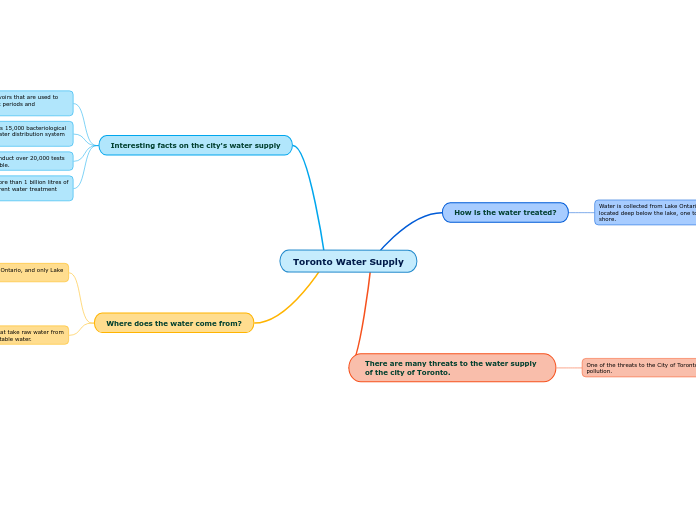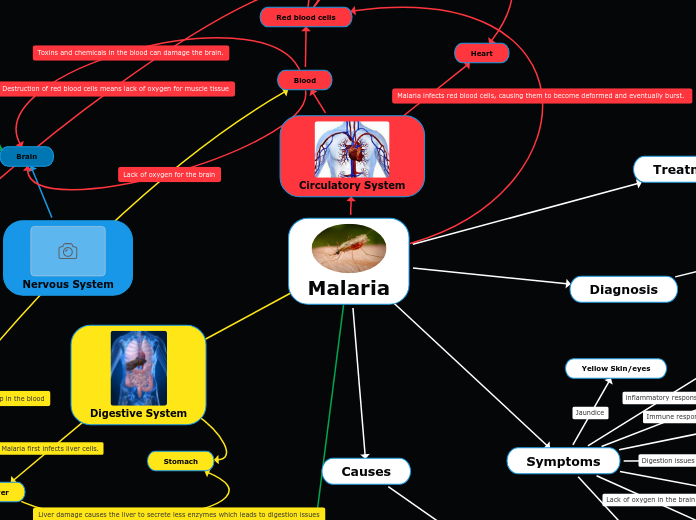jonka Edward Stan 4 vuotta sitten
721
Toronto Water Supply
Toronto’s water supply primarily comes from Lake Ontario, processed through four main treatment facilities: RC Harris in Scarborough, RL Clark in South Etobicoke, FJ Horgan in the east end of York, and Island on Centre Island.









